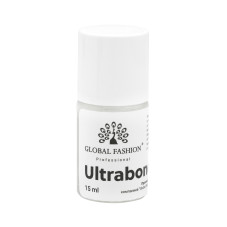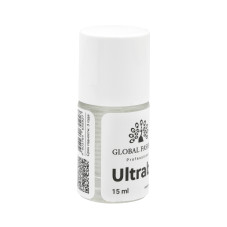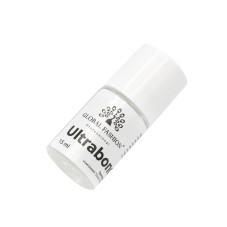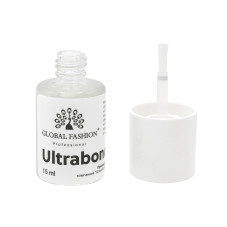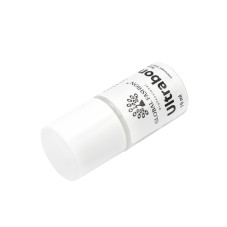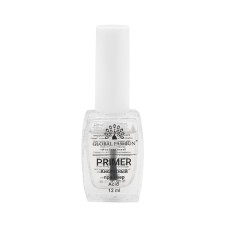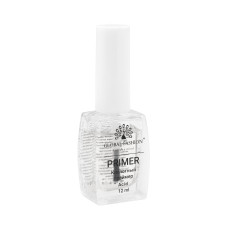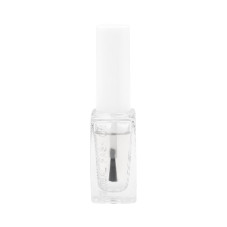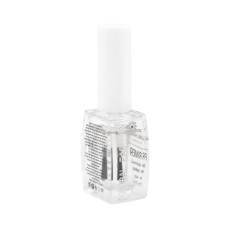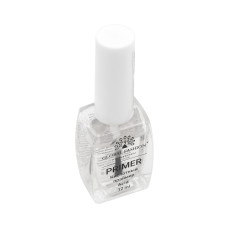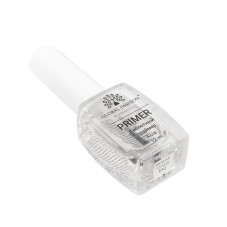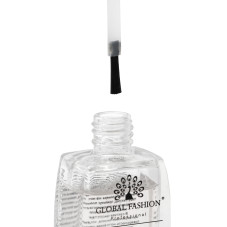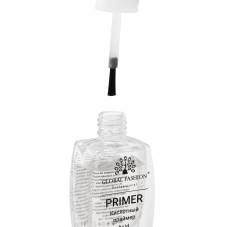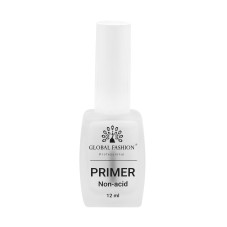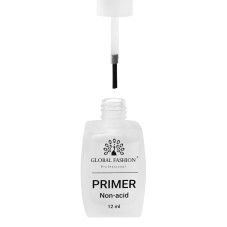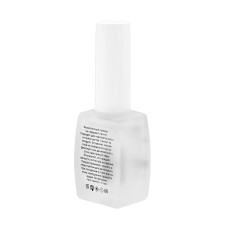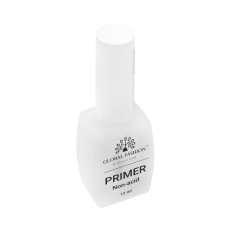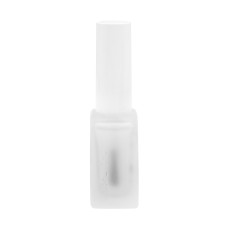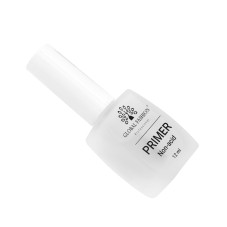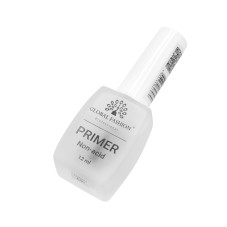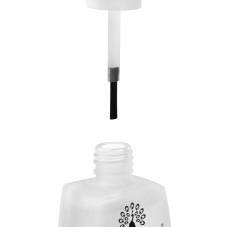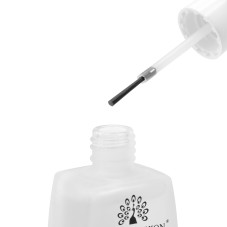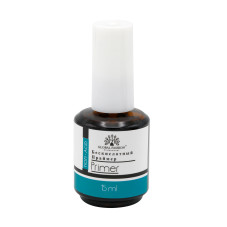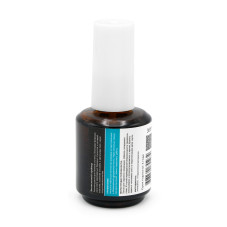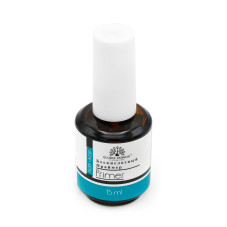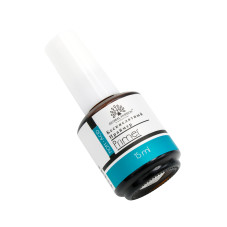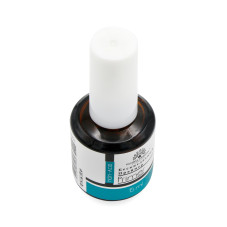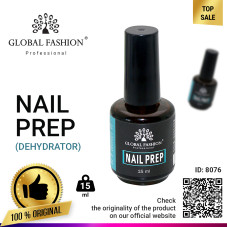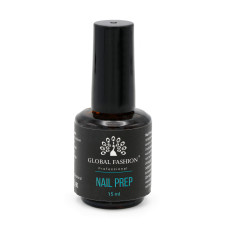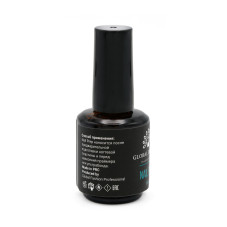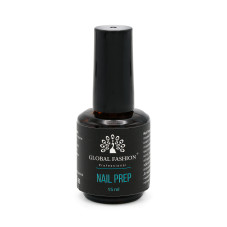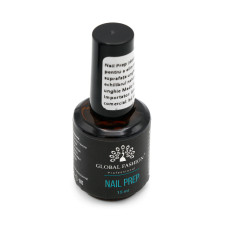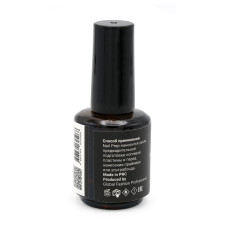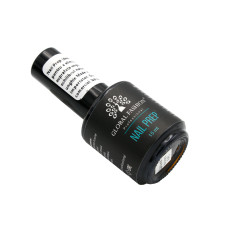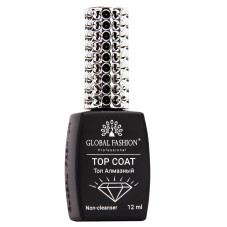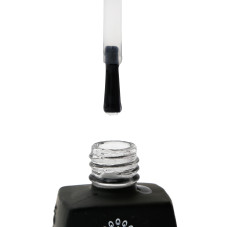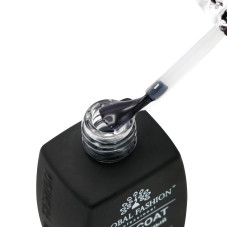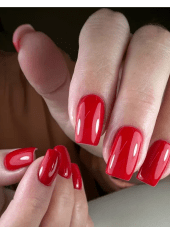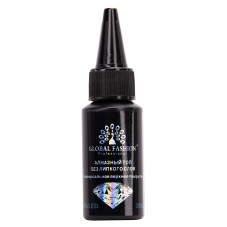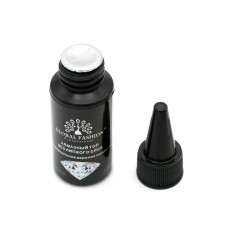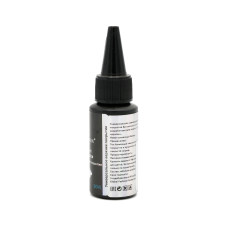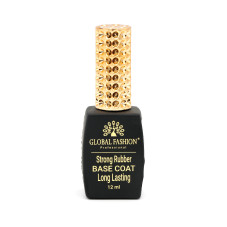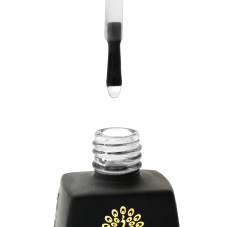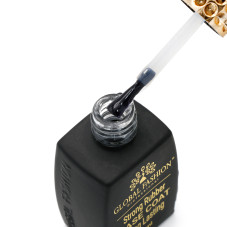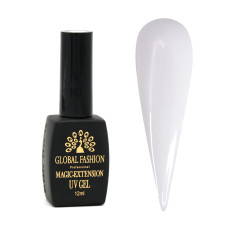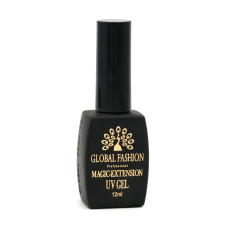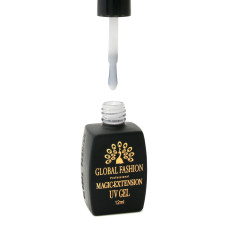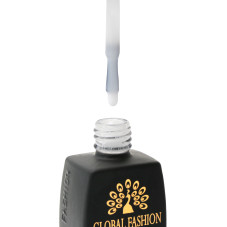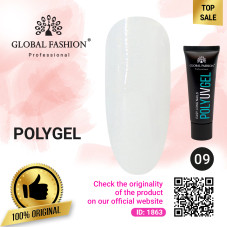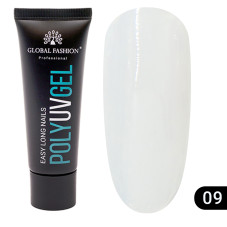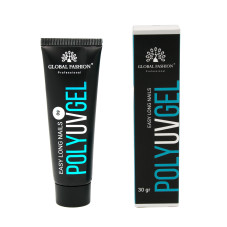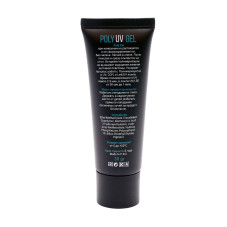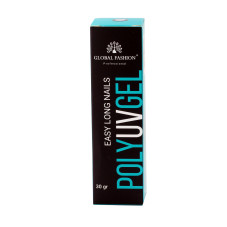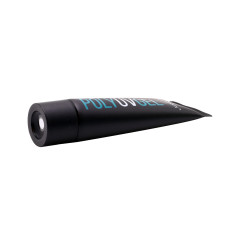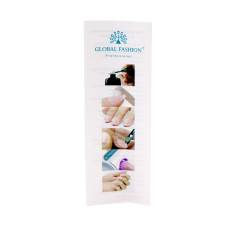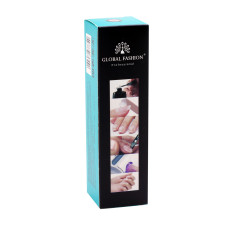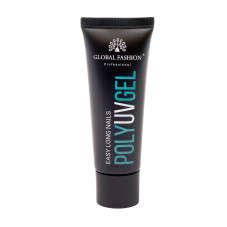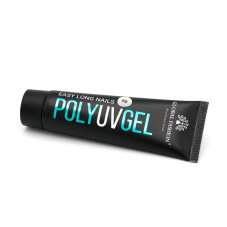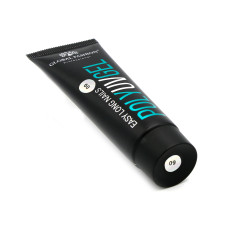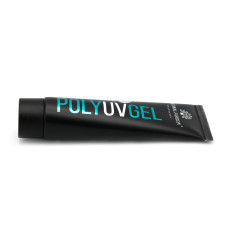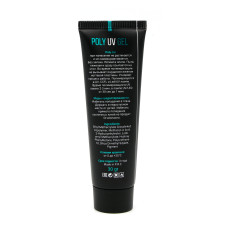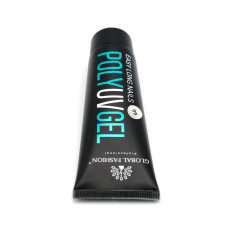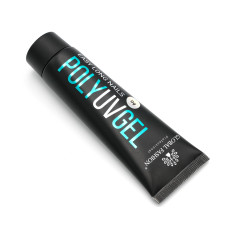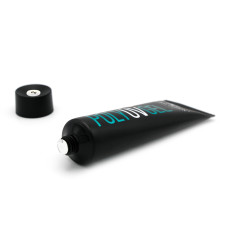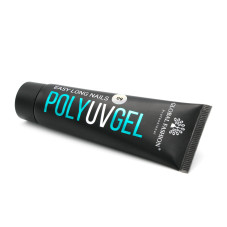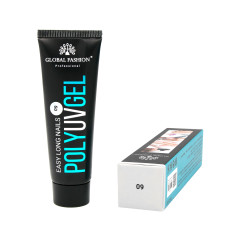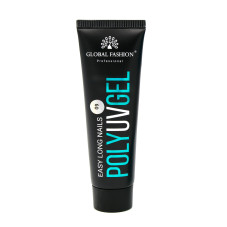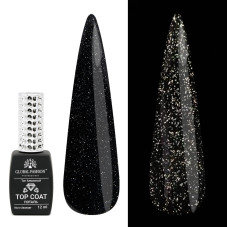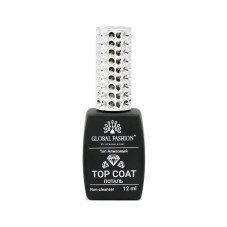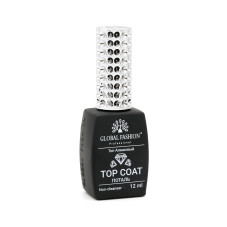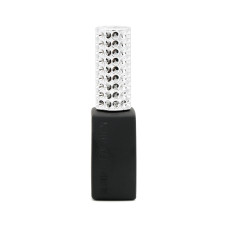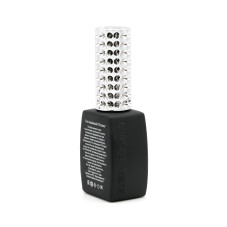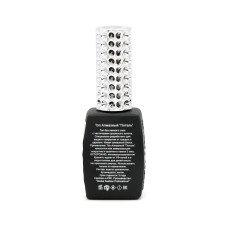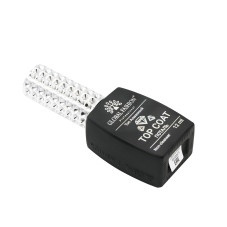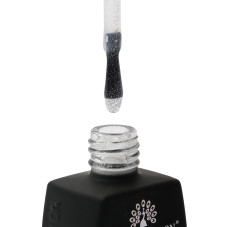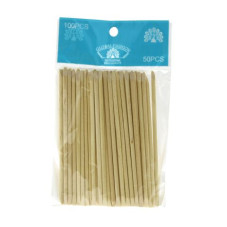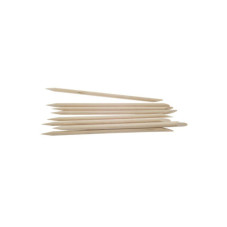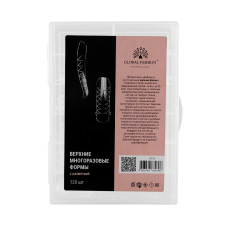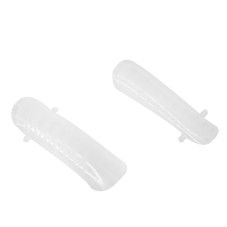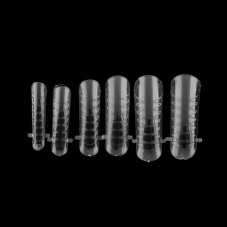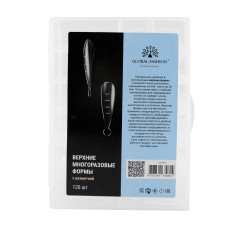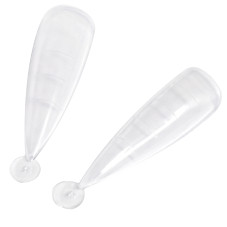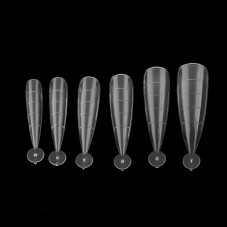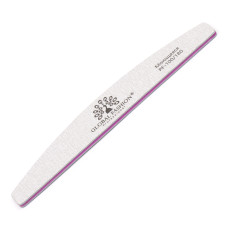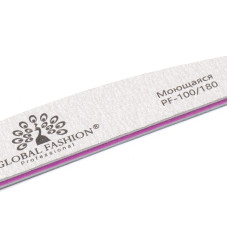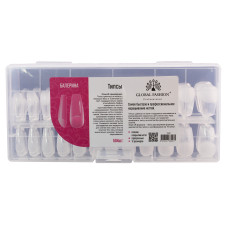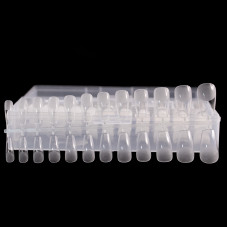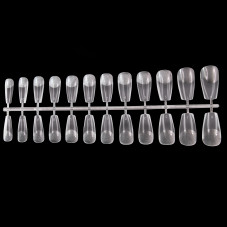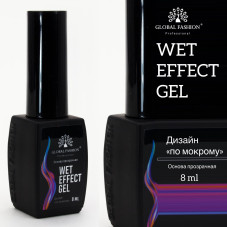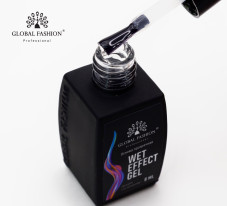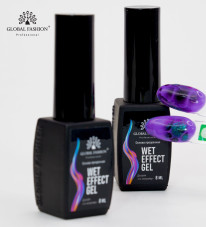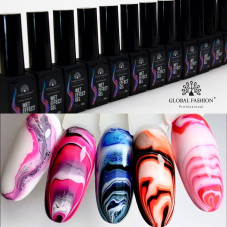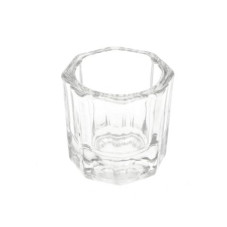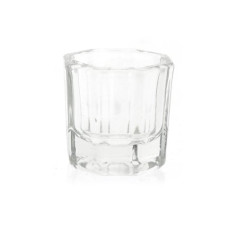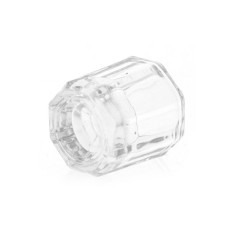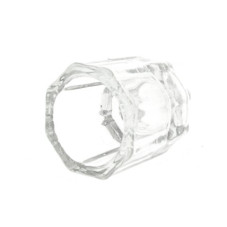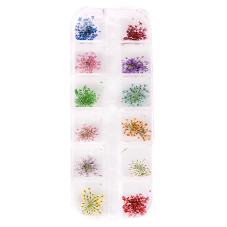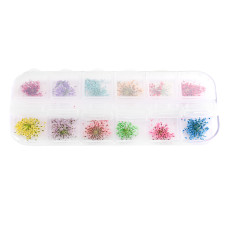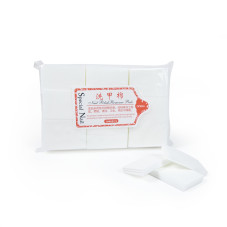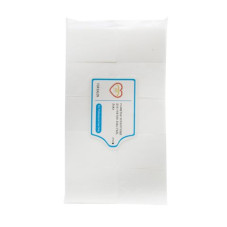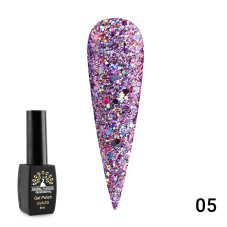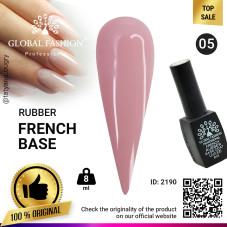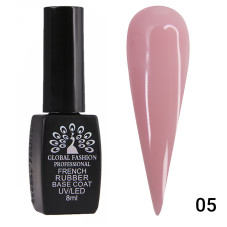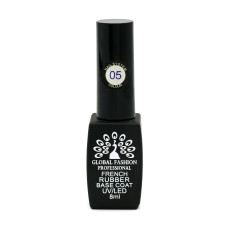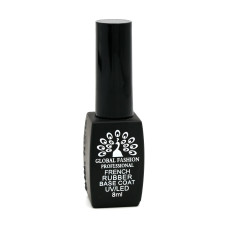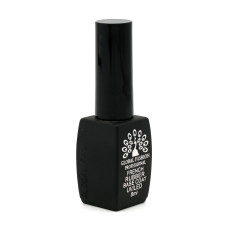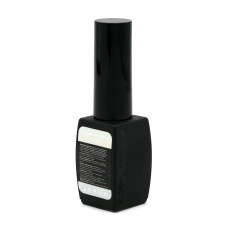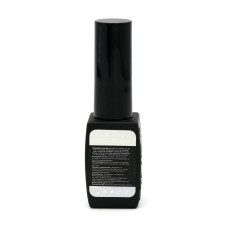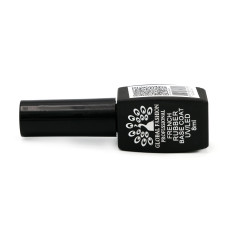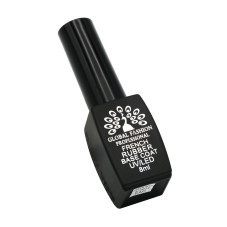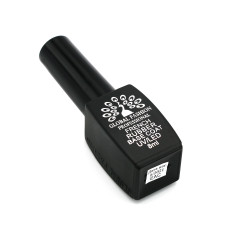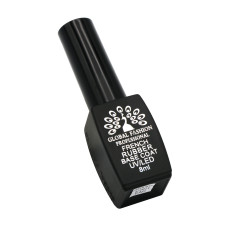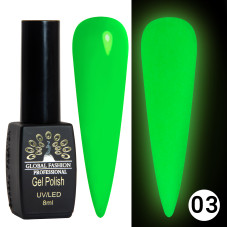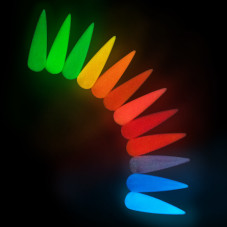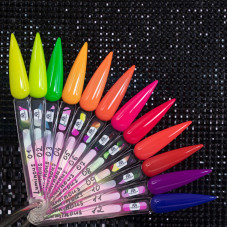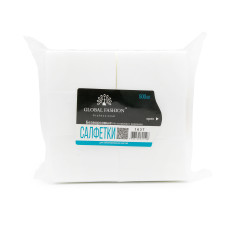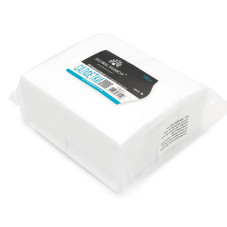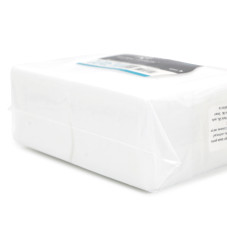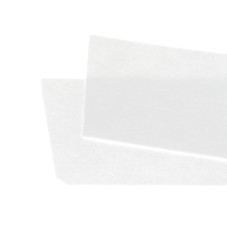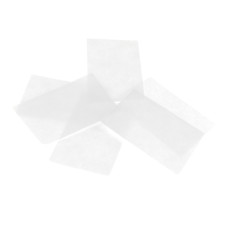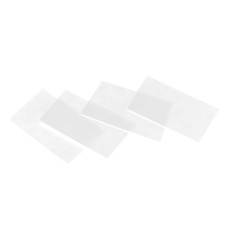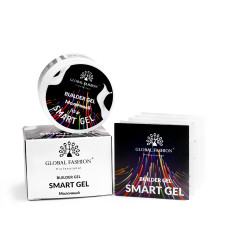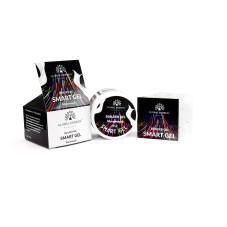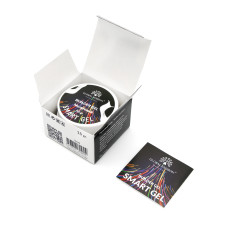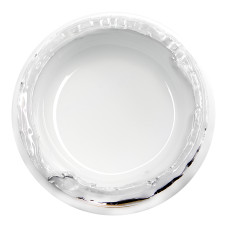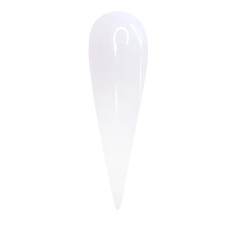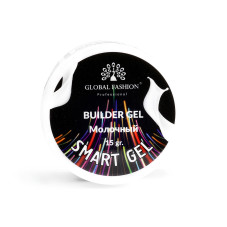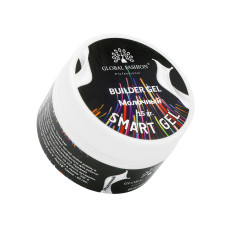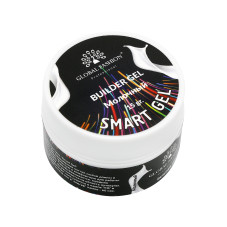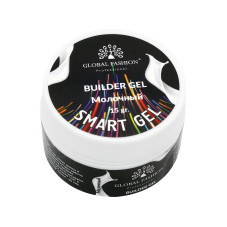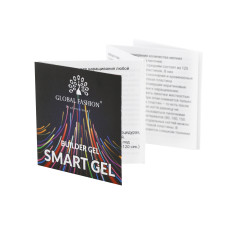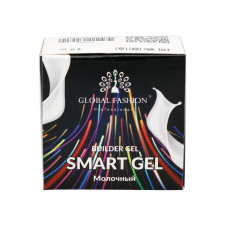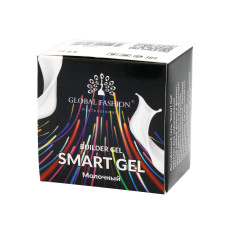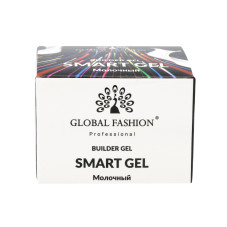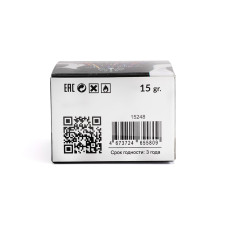Nail primer. What is it for?

Creating a manicure is a rather intense process. It can be sometimes even tedious, but its fruits are awesome. After a manicure, the handles come to life, become even more beautiful, well-groomed, and how much confidence appears in fashionable ladies, it can not even be conveyed - it needs to be felt. It is known that in the list of steps for manicure there are a number of different tools, one of which is the application of primer.
So what kind of primer is it, why do you need it, what does it consist of and how safe is it to use? In our article you will find the answers to these questions.
Nail primer. Its functions
Primer - The name of this drug speaks for itself - «primer», ie «initial» or «first». This means that the primer is applied to the nail plate first, before the decorative coating is performed. In other words, it is a means of preparing nails for coating. The product degreases and dries the nail plate, which improves the adhesion of the decorative material to the nail and increases the wearing time. The principle of operation of the primer consists in gluing of surfaces of different density - a nail and base.
What does the primer do?
- Dries nails.
- Degreases the surface.
- Cleansing - removes particles of skin fat that may remain after applying the degreaser.
- Makes the nail surface smoother and smoother.
- Prevents yellowing, delamination, cracks on the nails.
- Increases adhesion between a natural nail and a covering material.
- Prepares a basis for the further drawing of decorative coverings
- Protects the nail from the effects of chemical components, those that will be on top of it.
- Increases reliability and quality of the increased marigolds.
- The use of a primer is the formation of a zero coating, a kind of base that will help to evenly distribute the subsequent layers of cosmetics.
- Prolongs the durability of the manicure. Especially in places of frequent chipping and peeling of acrylic or gel, namely on the lateral parts of the free edge, as well as near the cuticle.
Types of nail primers
From manufacturers there are the following types of primers:
- prep-primer or bond
- acid.
- acid-free (ultrabond).
Pre-primer or bond
Nail masters call prep primers an «easy» version of this tool. It does not contain flavors, dyes and other aggressive substances. Therefore such covering differs in soft delicate influence on nails. The prep primer is not used for acrylic coating, as its composition is too weak, but as a basis for other types of prep is great. Bond or prep primer is more often used as additional protection for weakened and brittle nails.
2051 bought
ID: 3650
258 с
Acid primer
It is applied in most cases for performance of manicure with an acrylic covering. Such a primer has good adhesive properties.
The basis of the acid primer is methacrylic acid, which is the main component. Why not write about her! What a deadly substance, carcinogen! In fact, methacrylic acid is certainly not a useful substance. As, however, and many of what surrounds us in everyday life: shampoos contain lauryl sulfate, hand creams - glycerin, and butter - cholesterol! As you can see, everything has its disadvantages, but despite this, everyone uses them. So really insignificantly small amount of methacrylic acid applied to the nails every 3-4 weeks, will greatly affect the situation ?!
The acid primer can be used for owners of oily nail plate, because it dries the nail. But it is definitely worth taking into account: if used incorrectly, it can cause burns and disrupt the structure of the nail plate. For this reason, it is intended for professionals.
Now the acid-free primer
It is applied to performance of manicure with a gel and gel varnish covering. On the label, acid-free primers are marked as «non acid» or «acid free».
Acid-free primer is an alternative to methacrylic. The product allows to improve the adhesion of the layers of the coating to the nail, without having a detrimental effect on the nails and the adjacent skin. Even the name itself says that this primer does not contain any acids, so it is safe. Suitable for thin, problematic, sensitive. Ideal for both beginners and professionals.
The big advantage of this type of primer is that it does not require a UV lamp to dry.
Rules for using the primer
- before buying, study the label to find out which materials Primer is suitable for. Some products in this category are intended exclusively for gels or only for acrylic.
- do not apply means more than in 2 layers. Each new layer of the tool "presses" into the nail plate harmful components of the applied composition, which do not evaporate and are not washed out of the nail, and can be absorbed into the nail bed and enter the bloodstream.
- if you are a master, and the client complains of burning in the nail or near the nail area, be sure to rinse the area with running water. This may be due to hypersensitivity. Ignoring this fact can provoke a burn.
- the master must use gloves and wear glasses while working with the primer. Vapors can damage the nasopharynx and eyes, especially with constant use.
- apply the product gently and in a thin layer to avoid contact with the skin. Applying a primer - this is the case when more - does not mean better.
- it is not necessary to apply a primer in several layers. Excess chemicals on the nails can cause tissue burns.
- if you use tips for nail extensions, make sure that the primer does not fall on them.
- apply the primer only with a special brush, which must be included.
Features of using the primer
- You do not need an ultraviolet lamp to dry the primer.
- The primer is applied on natural marigolds, after application of the dehydrator and before a base covering.
- Before applying the primer, the brush must be squeezed on the jar, then dried with lint-free wipes, and only then applied to the nail.
How to choose a nail primer
How to choose the best nail primer?
- Composition. The first and main factor. With an acid primer in the list of ingredients, you will probably notice methacrylic acid, which forms 80% of the contents. While on the bottle with an acid-free analogue you can see the label «non-acid», which speaks of the safety and lightness of the tool. We talked about methacrylic acid above, it is certainly harmful, but use in small quantities and infrequently, is unlikely to bring such great harm.
- Do not follow the promises of manufacturers. Buy only from professionals and quality-tested brands.
- Read reviews from real buyers, listening to criticism or compliments from the outside.
Use primers and enjoy the beauty of manicure. We hope that our article will help you choose a good and suitable primer for you.
Published: 09.11.2020 13:59
Times Read: 2347
6769 bought
ID: 3678
275 с
-5%
3366 bought
ID: 3688
490 с
-5%
3389 bought
ID: 2071
294 с
-5%
2347 bought
ID: 1863
343 с
-5%
1503 bought
ID: 11773
206 с
1770 bought
ID: 12137
186 с
-10%
514 bought
ID: 16061
263 с
-15%
409 bought
ID: 18149
193 с
-15%
255 bought
ID: 15998
193 с
-15%
240 bought
ID: 2190
219 с
-15%
197 bought
ID: 11951
206 с
-20%
615 bought
ID: 15248
219 с
-15%
